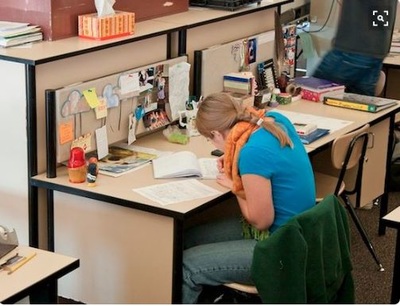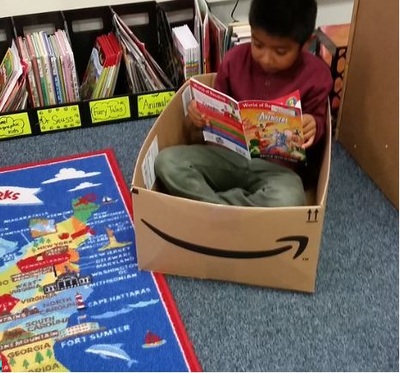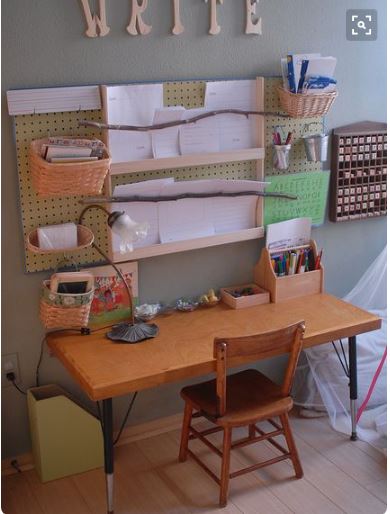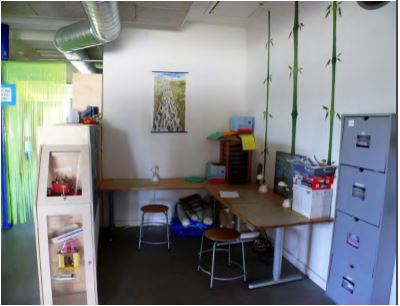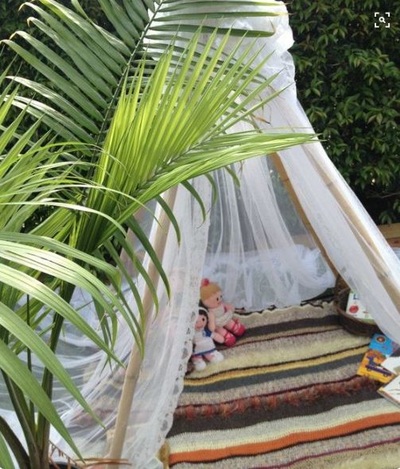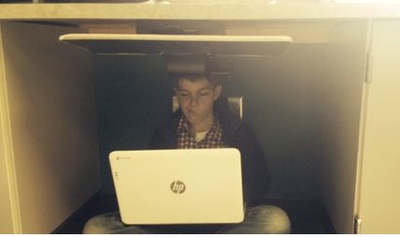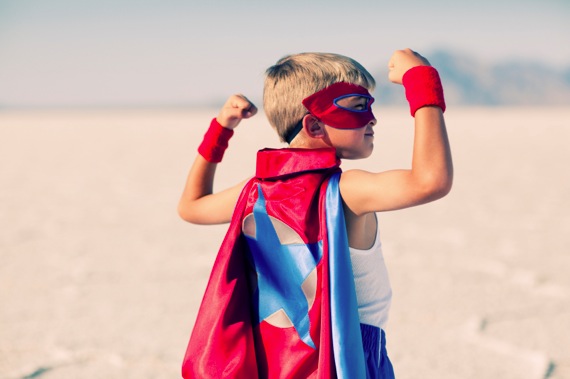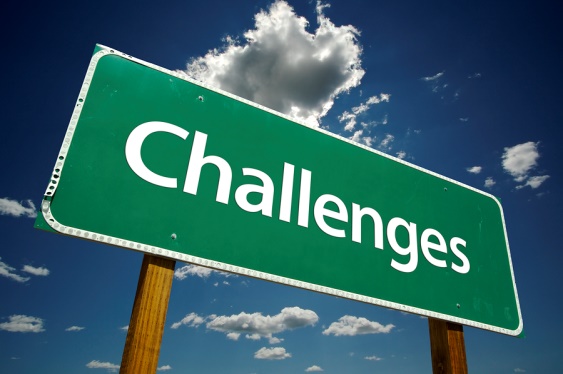Personal Learning Space
Every person has a unique way of learning. For this reason, the personal learning space needs to be given some consideration. This space may be a physical environment that is created by an individual to facilitate and enhance learning in a way that meets their needs and/or this learning space may be created online through the use of different software and programs. Regardless of whether this personal learning space is physical or virtual, the important concept here is that the learner is driving the learning experience.
So what might a Personal Learning Space look like?
In the 21st Century individuals need be confident and capable of functioning within their own personal learning space. Knowles (as cited in Smith 1996) defined true self-directed learning as: a process by which individuals take initiative in diagnosing their own learning needs, formulating learning goals, identifying resources for learning, choosing and implementing appropriate learning strategies and evaluating learning outcomes.
Although the process of self-directed learning can be daunting for students and not explicitly taught, there are opportunities to model certain aspects such as inquiry skills, self-evaluation, metacognitive strategies and the formulation of learning goals. Taxonomies of learning can also be a beneficial tool. They can be used to “classify the different kinds of learning behaviours and characteristics we wish our students to develop” (O’Neill & Murphy, 2010, p.2).
As teachers we will face some challenges in implementing personal learning spaces, the benefits to our students however are far greater and well worth the effort In order to help overcome some of these challenges I have provided approaches, strategies and resources that you might like to consider when looking at the personal learning space.
Although the process of self-directed learning can be daunting for students and not explicitly taught, there are opportunities to model certain aspects such as inquiry skills, self-evaluation, metacognitive strategies and the formulation of learning goals. Taxonomies of learning can also be a beneficial tool. They can be used to “classify the different kinds of learning behaviours and characteristics we wish our students to develop” (O’Neill & Murphy, 2010, p.2).
As teachers we will face some challenges in implementing personal learning spaces, the benefits to our students however are far greater and well worth the effort In order to help overcome some of these challenges I have provided approaches, strategies and resources that you might like to consider when looking at the personal learning space.
Strengths and Challenges of the Personal Learning Space
|
|
Strengths
Teachers
Challenges Teacher
|
Approaches, Strategies and Resources
|
Taxonomy of Self-Directed Learning Here is an example of a self-directed learning taxonomy I have created for steps I need to take to reach a desired outcome. This same process can help students identify the steps they need to take to regulate their own learning and achieve a task. According to Bouchard (cited in Kop & Fournier 2010) there are four factors that influence a persons autonomy to be self-directed in their learning. These influences are psychological, pedagogical and environmental. |
|
Survey
When looking for inspiration on how to incorporate a Personal learning space in to the classroom, survey the staff and students to determine what they understand their Personal Learning space to be and what is important about the space. Here are some sample questions. |
|
|
E-portfolios
Creating a personal learning space online such as an e-portfolio can a be a very beneficial experience for students and teachers. An e-portfolio is a personalised space that reflects and enhances the journey one takes in the learning process. Students In this space students upload different work samples they have completed whether it be text, photos of posters or voice recordings of their reading progress. Students can use this space to self-evaluate their work and reflect on their achievements. They can also set personal learning goals for the future. This personal learning space also provides teachers with an opportunity to gain deeper and more rounded insights into students in order to provide individualised academic advice. Teachers can also use it as a tool to communicate and provide feedback. Teachers For teachers e-portfolios can also be a useful space for recording and reflecting on achievements in teaching, learning, research, leadership and community engagement. Through reviewing and reflecting one the content in your persona learning space you will also be able to identify skill gaps and achievements. |
